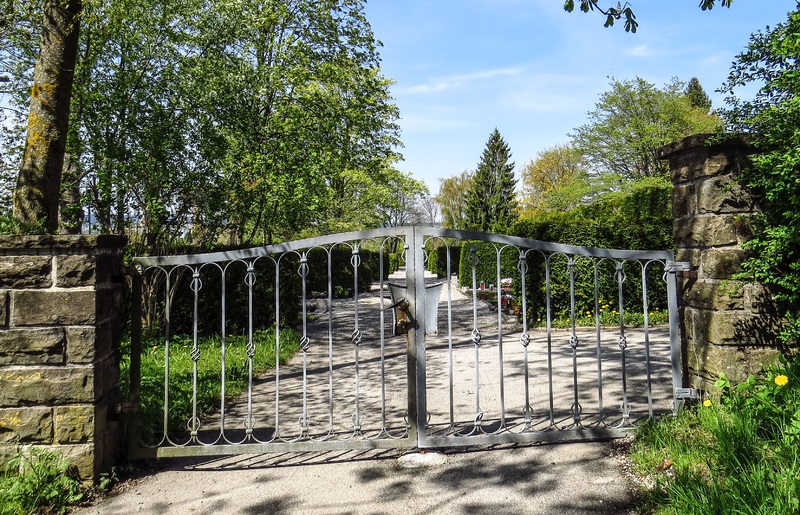
What Are Master and Slave Gate Operators?
If you’ve recently got a quote for gate automation, you might have noticed the terms “master” and “slave” on your specification or scope of work.
If you’re not involved in the gate automation industry, those terms might seem a little strange, so let’s take a closer look at how master and slave gate operators work.
Double Electric Gates Need Two Gate Motors
|
Whether you call them gate operators, gate motors, gate actuators, or something else, the fact is that when you have a double gate you want to automate, you will need to have two gate operators. Each gate operator will open and close one-half of your gate, and they will both need a power supply and so on. Swing gate actuators are usually sold in either double or single, because the modifications to the slave unit are done in the factory, but when you buy a sliding gate operator, you can simply buy two single units and make the necessary modifications on site. |
A Single Receiver Relays Information
While you will need two gate operators or gate motors for your double automatic gate, you don’t want the two gate motors to be working out of sync or against each other.
So, while both gate operators will have a control board and receiver, you only want one of those to be receiving and processing open and close signals from your remotes, keypad and other peripheral equipment.
That’s why we make one of the gate operators the master (which receives and processes transmissions from peripheral devices) and one a slave (which only receives signals from the master gate operator.)
How Are Double Gate Motors Installed?
As you can imagine, the process of installing double gate operators or gate motors is a little different.
Once your gate automation company has decided which gate motor will be the master, they will install that one and then they will usually run a communication cable under the gate opening to the slave on the other side.
Sometimes, power to the slave gate operator will be run at the same time, also from the opposite side of the gate. This means less trenching, conduit, cabling, and backfilling. However you do need to make sure that the power cable doesn’t interfere with communication between the two gate motors.
Your gate automation technician will probably have to do a few modifications to the settings on the slave operator, and they might remove the receiver from that unit if it’s automatically included in the package.
Once the two gate motors are installed, connected and configured properly, when you use your remote or other trigger devices to open or close the master gate operator, it will automatically signal the slave operator to do the same.
Always Hire an Experienced Gate Automation Company for Complex Jobs
As you can see, installing a double gate operator and ensuring that the master and slave gate motor units work correctly together is fairly tricky.
More complex and advanced gate automation projects like these are best left to the professionals, to ensure you get results that work properly and are safe to use.
So if you do need something a little more complicated for your gate automation or access control project, always look for skilled professionals with relevant experience.


